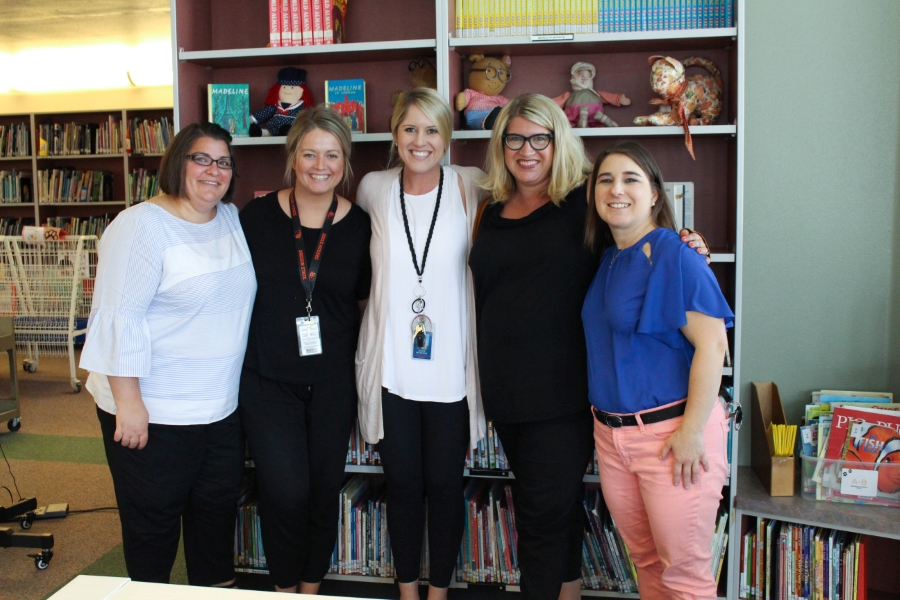
Wascher Elementary has been selected as a 2018 national “Model School” by the International Center for Leadership in Education (ICLE). A team of five staff members including Principal Kourtney Ferrua; teachers Kat McNeal, Alese Peterson and Cameron Croisant; and specialist Shauna Zavala will present the story of Wascher’s success at the annual Model Schools Conference this week.
The conference highlights visionary schools that are doing innovative things to improve teaching and learning. Wascher is one of nine elementary schools selected from more than 150 districts and schools that were considered for the recognition.
The Wascher team’s presentation, “Rigor and Joy,” covers the leveraging student outcomes, focusing on research-based practices, and sharing strategies that other schools can use to replicate Wascher’s success.
“Our school has experienced incredible growth in the past four years,” said Ferrua. “By focusing on teaching to the hearts and minds of students, we have moved from a school on the cusp to a school that is leading in student growth.
“We are exceptionally proud of our students who struggle with obstacles like poverty, disabilities and language because they too have been above state average — often by double digits — in all areas for two years in a row. Our staff works very hard to make teaching and learning a positive, empowering, emotionally supportive experience for students.
“We believe these results affirm that strong instruction in a nurturing environment creates an opportunity for incredible outcomes for kids.”
In 2017, Wascher’s all-student average on the Smarter Balanced assessment (SBAC) was above state average in both math (59.1%) and English language arts (55.9%). In 2015, Wascher was below state average in both areas. The math gains put Wascher in the top 10 percent average in the state.
For the past two years, all Wascher grade levels and subpopulations have tested above state average in both math and English language arts.
The ICLE Model Schools are selected annually based on a number of criteria including substantive, data-validated growth year over year; evidence of a strong culture that puts students at the center of learning; and dedication to transforming instruction to meet the needs and demands of the future.